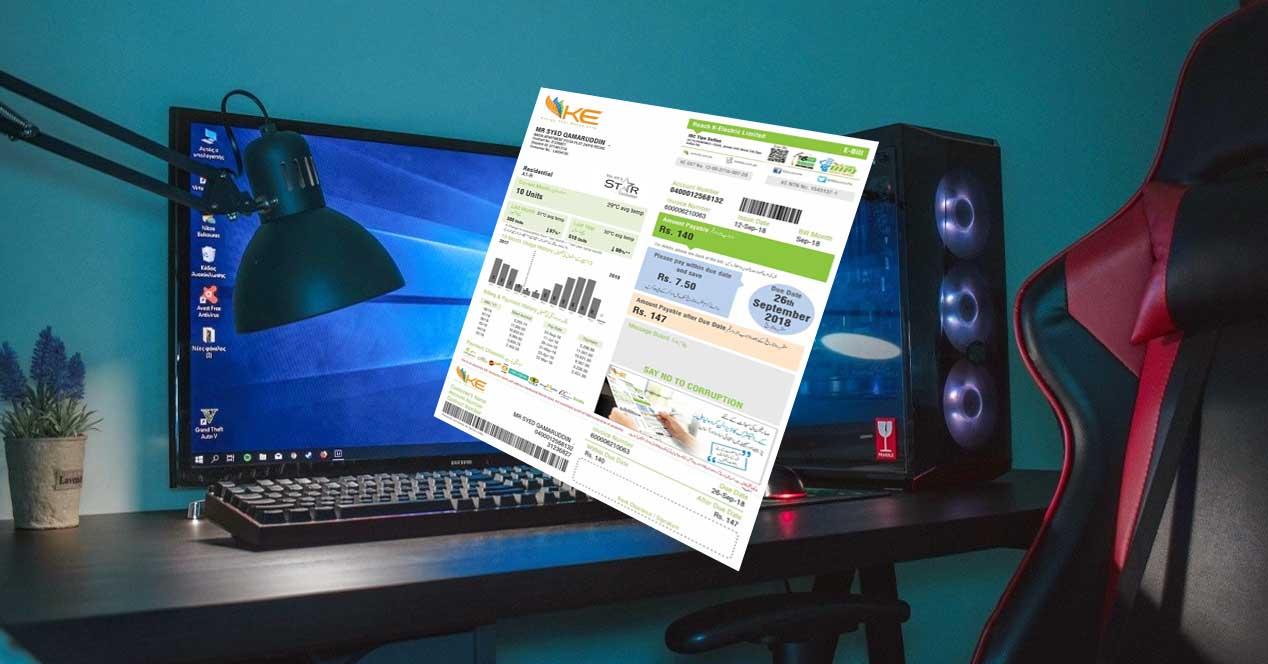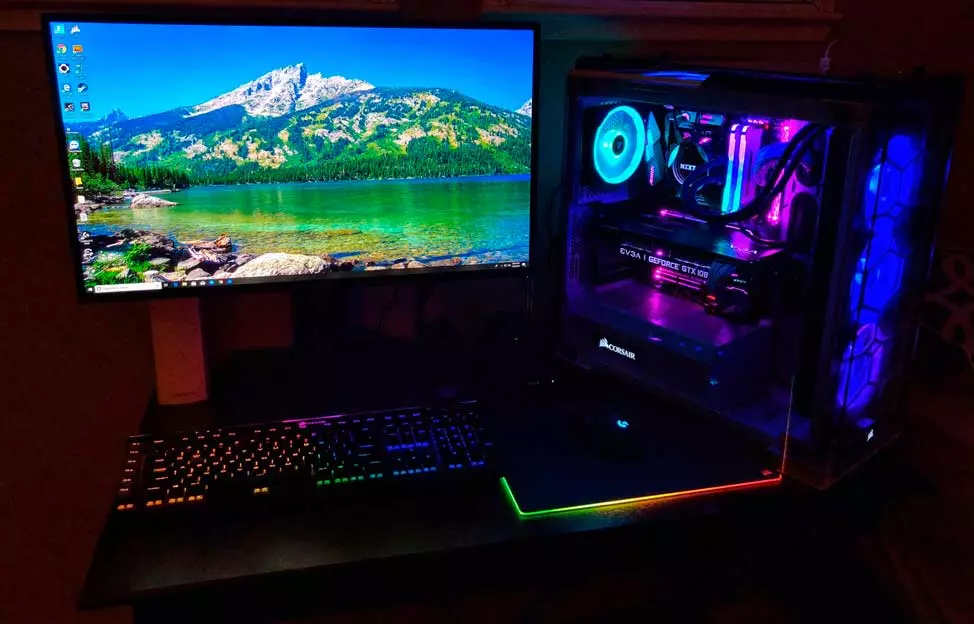
Most users turn on the PC when we are using it and, although we can leave it on during the day at specific times even if we do not use it (for example, to go to eat), there are also many people who leave it on 24 hours without be doing nothing. This, you should know, supposes a notable increase in the electricity billand if you are one of those who leave the PC on 24 hours without using it, maybe after reading how much does it cost you stop doing it
The growing price of electricity is a concern for the vast majority of people, and it is that being able to have our electrical appliances in operation is becoming more and more expensive. A PC does not exactly consume little, and even if it is not working and its consumption is contained, it can suppose a great increase in bill of electricity at the end of the month.
This makes it difficult for you to leave the PC on 24 hours a day
Having a PC on 24 hours a day is not something trivial, since no matter how much your PC is at rest and is not consuming a lot of energy, of course it consumes much more than having it completely turned off. Whether due to laziness or for any other reason, there are many users who leave it on 24×7, and this at the end of the month can have a cost that you could be saving without much effort (just remembering to turn off the PC when you do not use it) .
Each PC is a world and its consumption will be different depending on the hardware it has mounted inside it, so to calculate how much it costs you to have it on 24 hours a day we will have to make an approximation with a practical example; For this, we are going to use a real case that is one of the PCs of our writing team, although the assumption that we are going to make is going to be with a varied use.
This PC has an Intel Core i5-12600K processor, with an ASUS Prime Z690 Plus motherboard, 32 GB of RAM in two 6,000 MHz DDR5 modules, an NVMe SSD and an RTX 3070 Ti, all powered by a 1000W source with efficiency 80 Plus Platinum. In addition, this equipment has a total of 6 fans installed in the case (three in front, one behind and two in the heatsink), although in this case without RGB.
Consumption (measured with an Efergy eSocket meter) of this PC at idle, not counting peripherals or monitors, is 36W, while playing it usually has a consumption of approximately 400W. Now let’s assume that we use it 4 hours a day on average to play, and the rest we have it on doing nothing, including the premise of leaving it on at night and never turn it off.
With these calculations, the PC would be consuming us:
- 4 hours of gaming at 400W: 1.6 kWh
- 20 hours standby at 36W: 0.72 kWh
In total, the equipment consumes 2.32 kWh per day at this rate, which means that it is consuming 69.6 kWh per month, which if we multiply it by the cost of electricity in the electricity bill (we assume an average of 0 €.18/kWh if you have a very good rate) gives us a cost of €12.52 per monthand that’s just the PC without counting monitors, etc.
Now, if instead of leaving the PC on 24 hours a day, you turn it off at night, we can assume a use of 4 hours for gaming and 6 hours at rest (that is, you have it on and use it 10 hours a day). In this case, the daily energy consumption would be 1.81 kWh, 54.48 kWh per month, or what is the same, it would translate into €9.8 per month.
In short, turning off your PC when you’re not using it could save you about 3 Euros a month, and that’s without counting monitors and other peripherals, and assuming that your electricity rate is really quite good. In some cases, this saving could be as much as up to 20 eurosso of course if you are one of those who leaves the PC on 24 hours a day, we would recommend that you do not do it, both for the money you are going to save, and for the absurd wear of the components.





